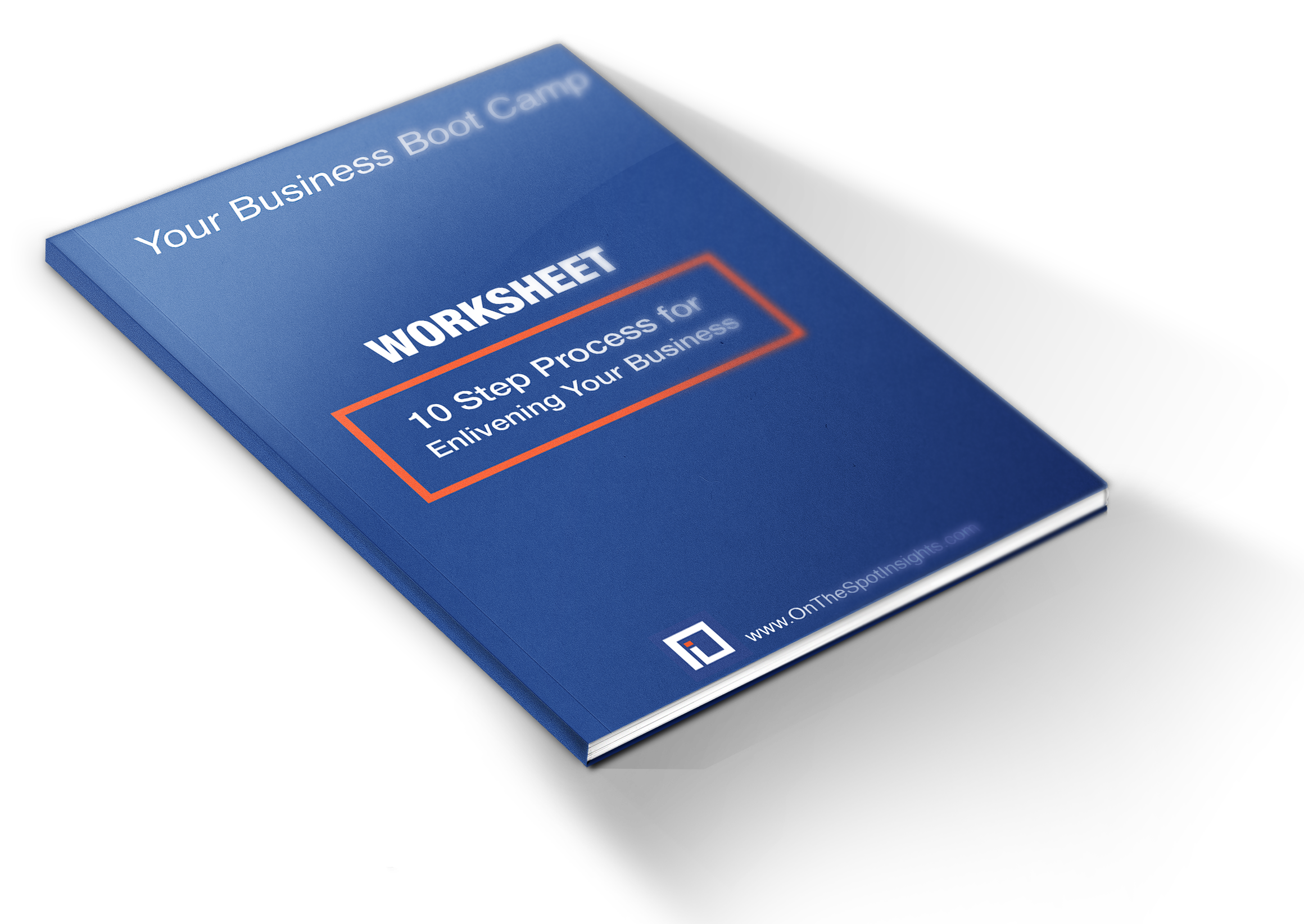Design Your Dashboard for 2016
What are the key indicators you want to watch as 2016 unfolds?
- Your revenue.
- Your costs to produce the goods you sell.
- Your operational expenses.
Where can you find these numbers? Your Profit & Loss Statement.
While it may sound like the province of accountants and finance people, your Profit and Loss statement is a concise document packed with valuable information you can use to make better decisions about running your business, and you can use it to design your dashboard for next year.
The good news is that it’s not as complicated as it seems. Let’s break it down:
Revenue: This is the starting point. How much money came in the door from sales? That tells you a lot, but don’t confuse it with your Profit. You can learn a lot from looking at just your Revenue. Did it go up or down from the year before? What accounts for the difference? How many customers contributed to your Revenue? Did a large percentage of your revenue come from one or a few? How can you find more customers like them? Do you need to open up some new markets? Introduce some new products and services? See our earlier article Time To Offer Customers Something New?
But there’s more…
Cost of Goods Sold (COGS): What did it cost you to produce or buy the goods you sold? This number is also worth spending some time on. Have these costs gone up? Did you spend more this year producing the same amount of goods as last year? If so, is that a general trend in your industry, or is it specific to your company? Should you have some conversations with suppliers and vendors or shop around for better deals?
Subtract COGS from your Revenue and that’s your Gross Profit. How does that compare with last year? Why the difference? Does that suggest any action needed or further inquiry?
But don’t stop here. There’s another line of expenses to look at:
Operational Expenses (OPEX): What other expenses did you incur in running your business over the time period you’re measuring? Salaries; meals and entertainment; travel and training; office space rental and utilities; computer hardware and software; maintenance expenses; marketing communication and advertising expenses; telephone and internet services; insurance costs; external consultant fees. You should consider each one of these expenses to see whether they are what you expected. Can any of them be reduced or eliminated entirely?
All these costs are subtracted to get to your Earnings Before Interest and Taxes (or EBIT).
When your accountant prepares the tax return for your business, he or she will also subtract out any depreciation and amortization on equipment and a building you’ve purchased to use in your business. They definitely affect the taxes you pay, and it’s important to talk about these numbers in connection with decisions about capital purchases. But you can get a lot of guidance just by focusing on the other numbers described above, which can be summarized as follows:
Revenue less Cost of Goods Sold = Gross Profit
Gross Profit less Operational Expenses = Earnings Before Interest, Taxes, Depreciation and Amortization.
Don’t have an actual P & L statement? Take a look at your Schedule C from last year’s tax return. The numbers you’ll need are right there!
Use these numbers to build a simple spreadsheet — your dashboard — to track your progress throughout the year.
Doing this simple analysis and setting up the dashboard is a great way to start your business planning process for next year. Just walking through the exercise will increase your awareness of a few numbers that are critical to the success of your business.
And as the year progresses, you’ll start to see how that awareness will improve the way you make decisions every day. Tell your accountant you want to have this conversation and get him or her involved!

Free 10 Step Business Boot Camp
This worksheet will take you through your business planning in 30 minutes and tell you where you can improve your business and achieve the results you want.
